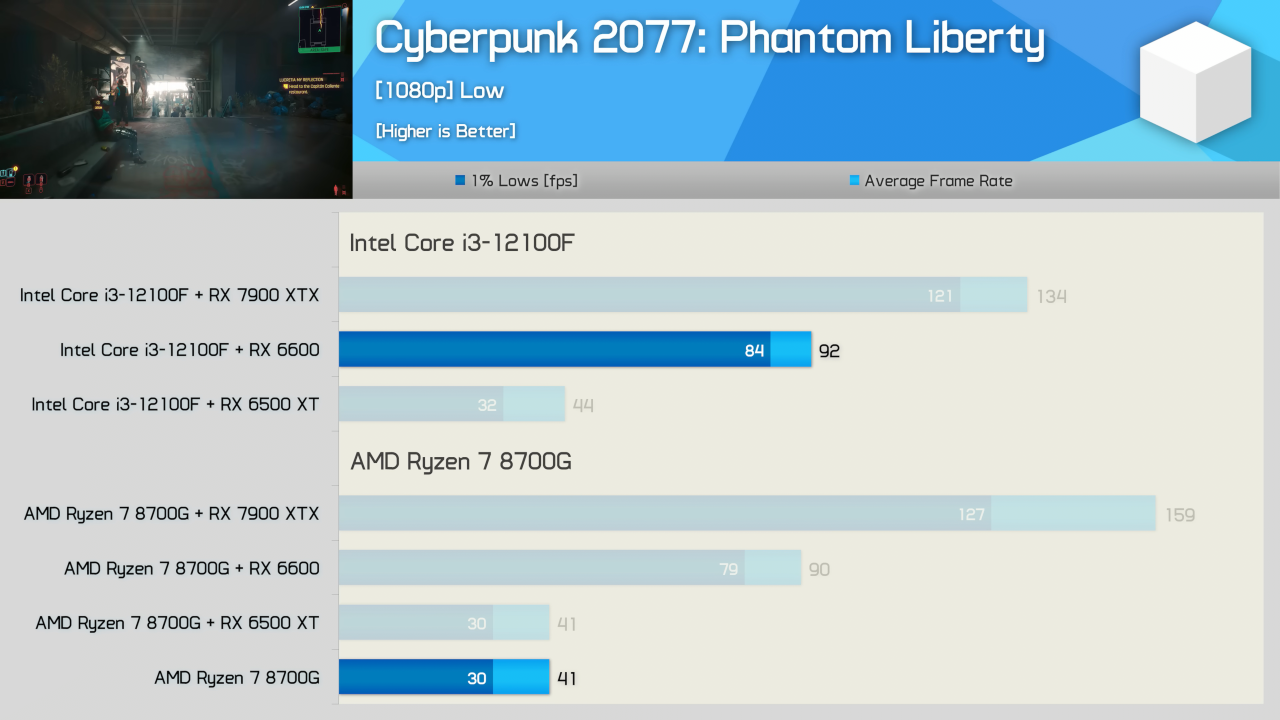Meh. It's also a $330 chip...
For that price you can get a 12th gen i3/RX6600 combination which will obliterate this thing in gaming performance.

Meh. It's also a $330 chip...
For that price you can get a 12th gen i3/RX6600 combination which will obliterate this thing in gaming performance.

Mental note: have to migrate my gitea instance over to forgejo.
The encryption i was talking about is the encryption of your dns server
You mean encryption between the client and your DNS server, on your local network?
Just wanted to chime in and say that with a pihole you can also have encryption if you point to a local resolver like cloudflared or unbound.
My pihole forwards everything to a cloudflared service running on 127.0.0.1:5353 to encrypt all my outgoing DNS queries, it was really easy to setup: https://docs.pi-hole.net/guides/dns/cloudflared/
Yeah something like that. Welding is absolutely something that requires skill and talent.
I have a electromechanical engineering degree myself, at some point during my education we had some labs where we did basic welding, milling, lathing and whatnot. The intention was not to become experts at it, but to get notions of what it entails. I quickly understood that theoretical understanding and hands-on experience are entirely different things, and require an entirely different skillset.
Windows doesn’t reboot when things are running.
Plenty of reports to the contrary
Your computer is still using the power and it can damage it
Thats not how that works.
Sure it could cause some data loss, or corruption, or other software issues if the computer was in the middle of something like applying updates, but it should not cause hardware damage. All this applies to holding the powerbutton as well by the way.
or (really unlikely, on a shit connector) you get shocked.
Then you have bigger problems. You shouldn't be using a connector that's a shock or fire hazard in the first place.
But seriously about the only bad thing about it is perhaps some wear and tear on the connector that's not designed to be plugged in and pulled out every day. Alternatively you could also "pull the power" by pressing a button on your powerstrip (if you have that), or by flipping the powersupply button at the back of the computer to off. It all does the same thing: it cuts the power to the computer instantly.
It’s also more convenient to hold the button instead of having to unplug and re-plug.
Yes, but holding the button is not instant and it relies on a software function in the bios which can be buggy. Usually holding the button doesn't even complete poweroff the system but puts it in a special "standby" power state where the motherboard still keeps providing power to some components. There are some issues that can only be resolved by a complete poweroff.
Someone with the skills and knowledge to "manually" produce some of the many one-off parts that went into this prototype.
The scientists and engineers may know what kind of part is needed, but it takes a different skillset to produce it.
What is more dangerous about it than holding the power button?
To be fair, it would also be highly distruptive if you let the computer run overnight to finish some long running job and Windows decides it's rebootin' time. The point is: the OS shouldn't decide for you to reboot.
So what's the point of this thing then?
If you just want 8 cores for productivity and basic graphics, you're better off getting a Ryzen 7 7700, which is not gimped by half the cache and less than half the PCIe bandwith and for gaming, even the shittiest discrete GPUs of the current generation will beat it if you give it a half decent CPU.
This thing seems to straddle a weird position between gaming and productivity, where it can't do either really well. At that pricepoint, I struggle to see why anyone would want it.
It's like that old adage: there are no bad CPUs only bad prices.